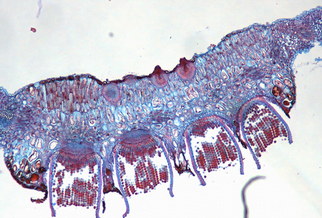One of the biggest factors in our future is the extremely rapid global loss of biodiversity. We are losing plants and animals to extinction at unprecedented rates. We’re living through a mass extinction, and it’s happening faster than the extinctions triggered by meteor hits. One third of the world’s species are now threatened.
The mass extinction and corresponding biodiversity loss doesn’t touch most people’s everyday lives yet. It remains abstract. That is going to change. Here are three of the major impacts we’ll see:
1. The spread of disease. Most disease vectors – insects, parasites, rodents – live at the bottom of the food chain. As their predators go extinct, disease vectors prosper. A new PLOS Biology paper makes that clear. It models biodiversity loss and the corresponding increase in burden of disease.
Related note: birds, bats, and frogs are all major consumers of insects, and they’re all being hit hard by the mass extinction. We’re going to see a visible increase in the insect population, especially winged insects like gnats and mosquitoes. Some of those are disease vectors, some are merely annoying.
2. The loss of fish. Overfishing has severely depleted global fish stocks. Around 85% of global fish stocks are over-exploited, depleted, fully exploited or in recovery from exploitation. There are species of fish that will most likely never recover if fishing continues unchecked. (note: it’s not too late to stop this.) Fish will be a luxury item for our grandchildren. That’s a minor inconvenience for the wealthy world, and a serious nutritional problem for impoverished coastal populations.
3. The rise of fungi. Fungi love monocultures. They love the monoculture of a farmed field, as is evidenced by corn blight in the 1970s and wheat rust right now. They also love any other damaged ecosystem. Fungi are killing frogs in the southwestern US, coating the Sands of the Gulf of Mexico, destroying bats, and felling the world’s oldest trees.
Cross posted from Tomorrow Global.
